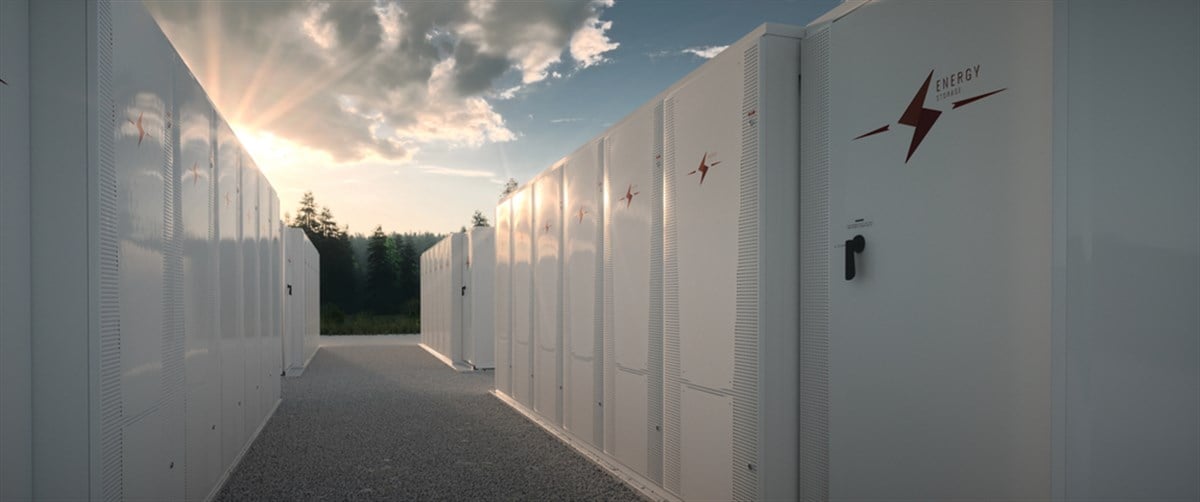Alfa Romeo and Buick Rank Highest in Respective Segments
Although the pandemic may be over, vehicle buyers are still suffering from its effect on new-vehicle production. With new-vehicle inventory remaining very low, transaction prices have significantly increased—and consumers are not happy about it. Customer satisfaction with the vehicle purchase experience has declined for the first time in more than 10 years, according to the J.D. Power 2022 U.S. Sales Satisfaction Index (SSI) Study,SM released today. Overall sales satisfaction has dipped to 786 (on a 1,000-point scale) from 789 in 2021.
This press release features multimedia. View the full release here: https://www.businesswire.com/news/home/20221109005420/en/

J.D. Power 2022 U.S. Sales Satisfaction Index (SSI) Study (Graphic: Business Wire)
When new-vehicle prices increased in 2021, customer satisfaction was buoyed by higher-than-expected trade-in values. Not so this year as new-vehicle inventories declined further, enabling a higher rate of dealers to charge more than Manufacturer’s Suggested Retail Price (MSRP). The satisfaction index score for fairness of price paid declines year over year, while metrics for the variety of physical and online inventory plummeted in each of the past three years.
"Even in the face of a continuing shortage of new-vehicle inventory and general inflationary pressure, dealerships have been able to maintain a consistent level of sales satisfaction," said Chris Sutton, vice president of automotive retail at J.D. Power. "With the supply chain being an ongoing issue and with no near-term solution, dealerships have had to use additional tools at their disposal, such as special orders and more personal customer handling, to maintain sales satisfaction. However, when dealers charge more than MSRP, particularly with long-term loyal customers, they risk a potential long-term negative effect on customer advocacy and service business."
Another key study finding is that electric vehicle (EV) buyers continue to have less satisfying sales experiences than do buyers of traditional gas-powered vehicles in both the premium and mass market segments. For example, satisfaction among owners of mass market battery electric vehicles (BEVs) is 56 points lower than among owners of gas-powered vehicles (791 vs. 847, respectively) and satisfaction among owners of premium BEVs is 33 points lower than among owners of gas-powered vehicles (831 vs. 864, respectively).
"If EVs are going to be the wave of the future, rapid improvements need to be made to close the gaps in factors such as product knowledge and vehicle delivery," Sutton said. "There is no doubt that the products are coming, but from a customer purchase experience standpoint, the dealerships are just not there yet."
Following are key findings of the 2022 study:
- Sticker price a demarcation point for new-vehicle buyers: Although inventory shortages have prompted many dealers to charge more than the suggested price for new vehicles, the practice has had a negative effect on overall satisfaction. Satisfaction among buyers who paid more than sticker price is 757, while satisfaction among those who paid sticker price is 850. Among buyers of mass market vehicles, 25% paid more than MSRP compared with just 19% among buyers of premium vehicles.
- Special orders may be special solution to sales satisfaction: Satisfaction is higher among buyers who special ordered a vehicle for later delivery (854) than among those who bought a vehicle from the dealer’s lot (841). Additionally, dealer communication of vehicle status during the ordering and build process helps drive real differentiation in customer experience.
- EV buyers could use some show and tell: More than one-third (38%) of EV buyers failed to get instruction on EV charging before they left the dealership, which notably affects satisfaction. Satisfaction is 872 among buyers of premium EVs who received a demonstration but drops to 709 when there wasn’t a demonstration. Among buyers of mass market EVs, satisfaction is 835, and declines to 717 when there wasn’t a demonstration. “Explaining how to charge the vehicle should be a mandatory part of every EV delivery,” Sutton said. “Salespeople don’t need to show gas-powered vehicle buyers how to fill their tank, but they do need to show EV buyers how to charge their vehicle.”
- Dealership visits decrease as buyers become more satisfied with digital retailing: The lack of inventory has made it less important to visit dealerships as buyers seem to be getting ever more comfortable with online shopping and purchasing activities. This year, 85% of buyers say they visited a dealership during the purchase process, down from 88% in 2021. At the same time, many online activities have increased. For instance, 18% of buyers who visited the website of their selling brand or dealer say they completed the purchase paperwork online, up from 13% a year ago. Also notable is that 18% of buyers say they agreed to a final purchase price online, up from 15% in 2021.
Study Rankings
Alfa Romeo ranks highest in sales satisfaction among premium brands with a score of 833. Porsche (831) ranks second and Lexus (819) ranks third.
Buick ranks highest in sales satisfaction among mass market brands, with a score of 825. Dodge (816) ranks second and Subaru (804) ranks third.
Now in its 37th year, the U.S. Sales Satisfaction Index (SSI) Study measures satisfaction with the sales experience among new-vehicle buyers and rejecters (those who shop a dealership and purchase elsewhere). Buyer satisfaction is based on six factors (in order of importance): delivery process (26%); dealer personnel (24%); working out the deal (19%); paperwork completion (18%); dealership facility (10%); and dealership website (4%). Rejecter satisfaction is based on five factors: salesperson (40%); price (23%); facility (14%); variety of inventory (11%); and negotiation (11%).
The 2022 U.S. Sales Satisfaction Index (SSI) Study is based on responses from 36,879 buyers who purchased or leased their new vehicle from March through May 2022. The study is a comprehensive analysis of the new-vehicle purchase experience and measures customer satisfaction with the selling dealer (satisfaction among buyers). The study also measures satisfaction with brands and dealerships that were shopped but ultimately rejected in favor of the selling dealership (satisfaction among rejecters). The study was fielded from July through September 2022.
For more information about the U.S. Sales Satisfaction Index (SSI) Study, visit
https://www.jdpower.com/business/automotive/us-sales-satisfaction-index-ssi-study.
See the online press release at http://www.jdpower.com/pr-id/2022161.
About J.D. Power
J.D. Power is a global leader in consumer insights, advisory services and data and analytics. A pioneer in the use of big data, artificial intelligence (AI) and algorithmic modeling capabilities to understand consumer behavior, J.D. Power has been delivering incisive industry intelligence on customer interactions with brands and products for more than 50 years. The world's leading businesses across major industries rely on J.D. Power to guide their customer-facing strategies.
J.D. Power has offices in North America, Europe and Asia Pacific. To learn more about the company’s business offerings, visit JD.Power.com/business. The J.D. Power auto shopping tool can be found at JDPower.com.
About J.D. Power and Advertising/Promotional Rules: http://www.jdpower.com/business/about-us/press-release-info
View source version on businesswire.com: https://www.businesswire.com/news/home/20221109005420/en/
Contacts
Media Relations Contacts
Geno Effler, J.D. Power; 714-621-6224; media.relations@jdpa.com
Shane Smith; East Coast; 424-903-3665; ssmith@pacificcommunicationsgroup.com





